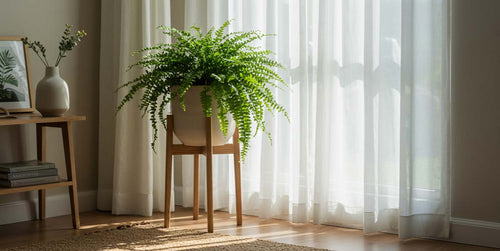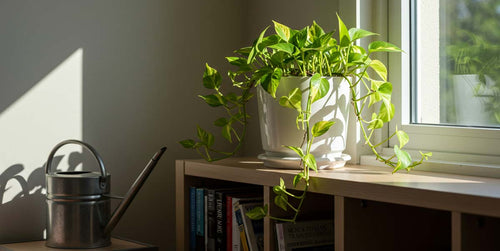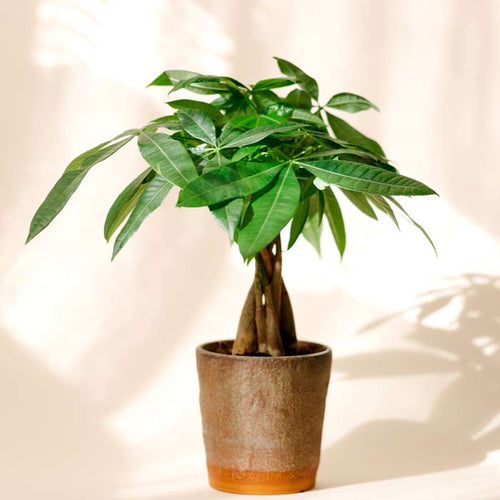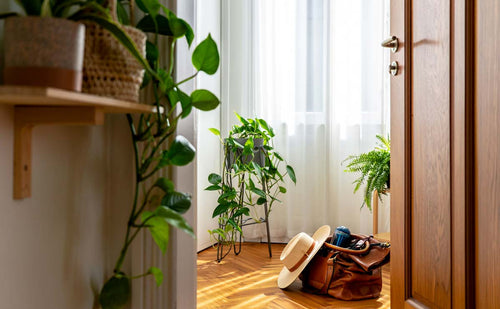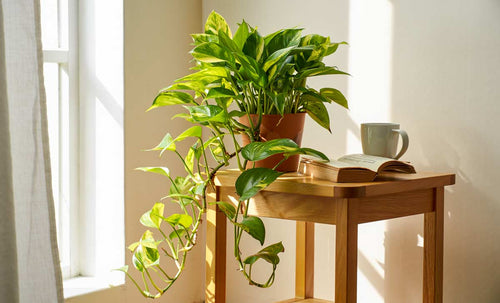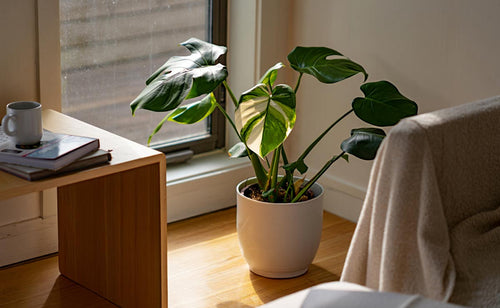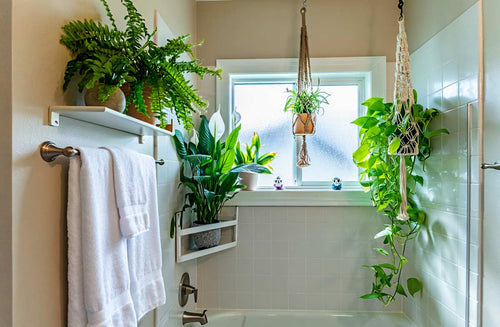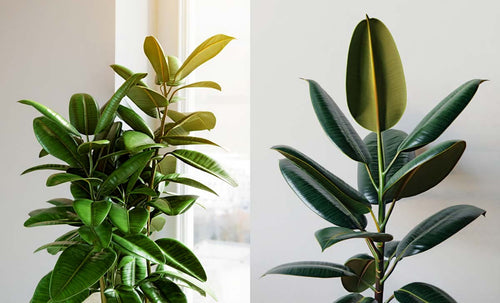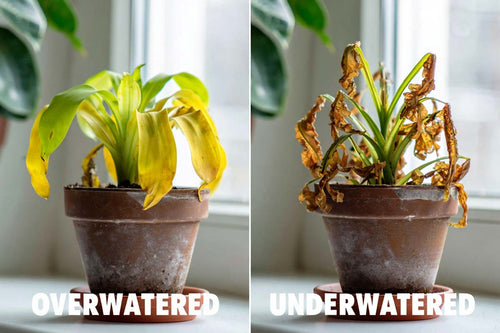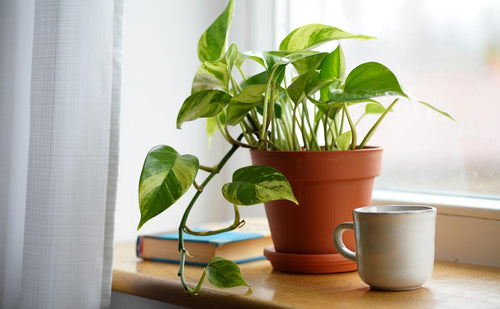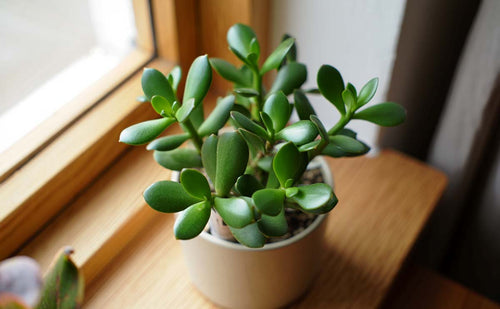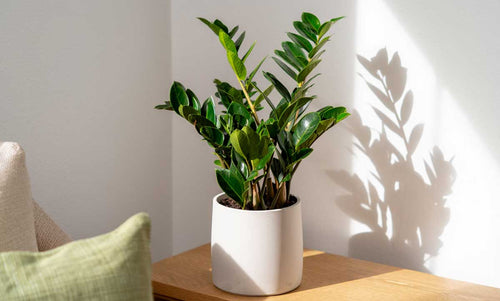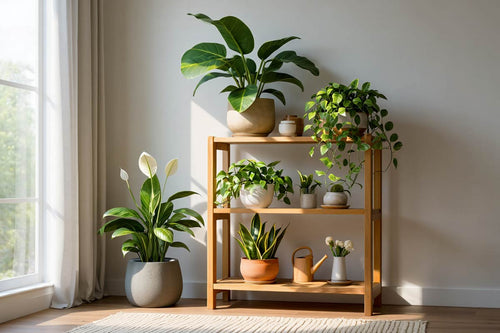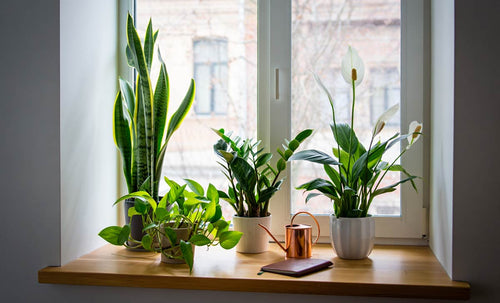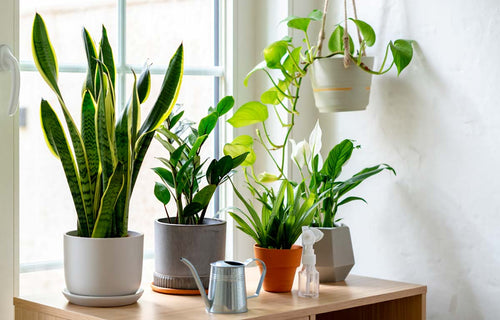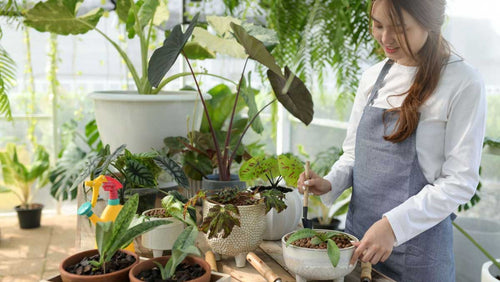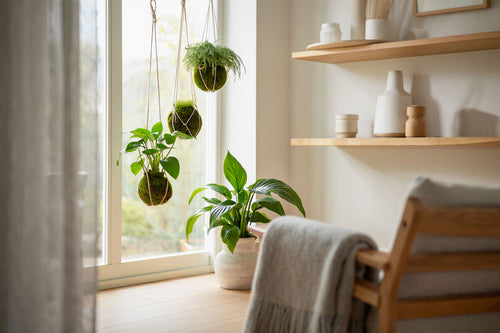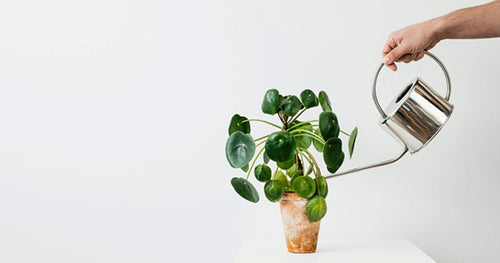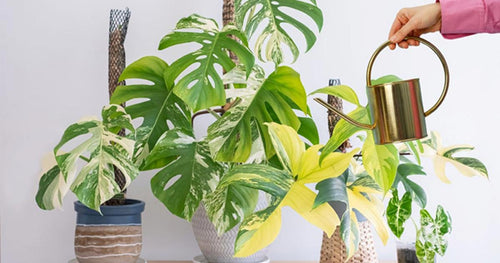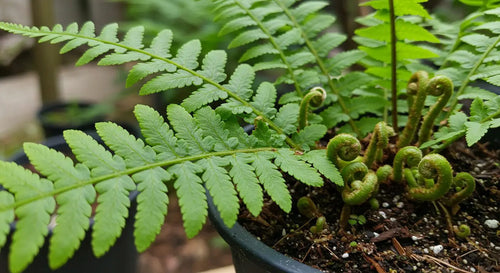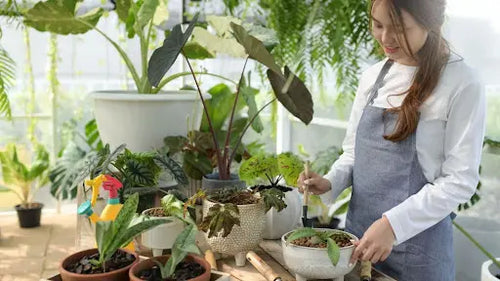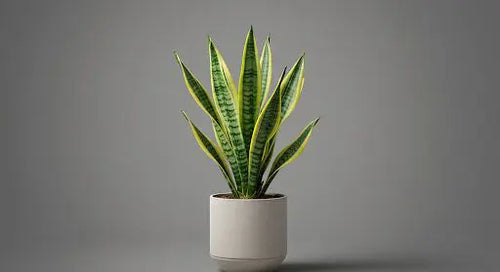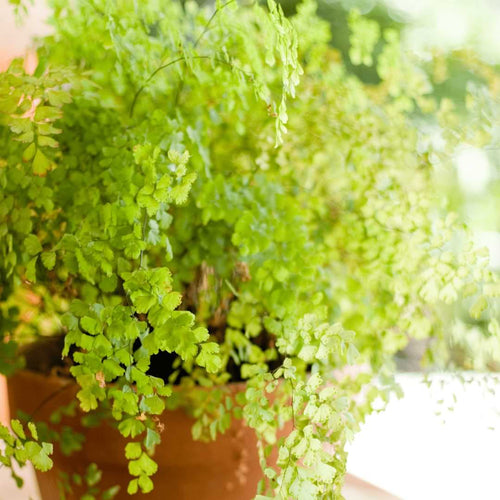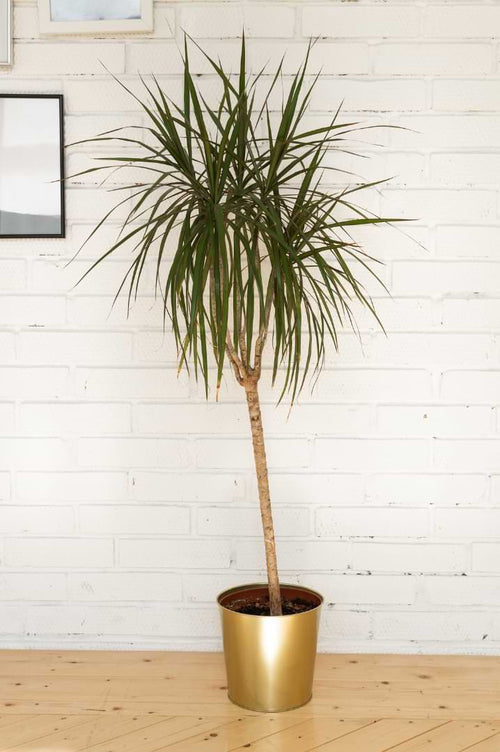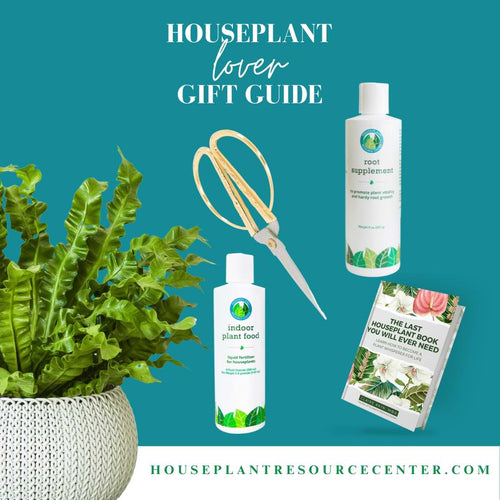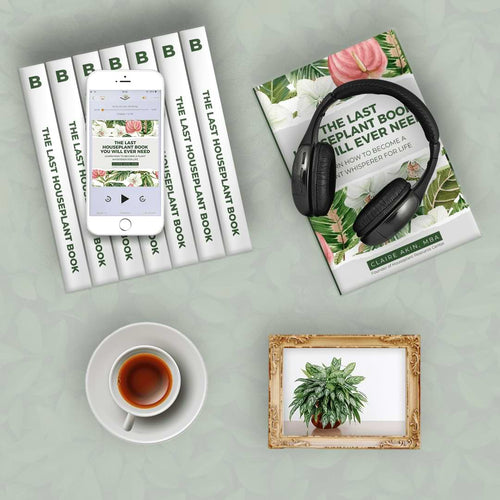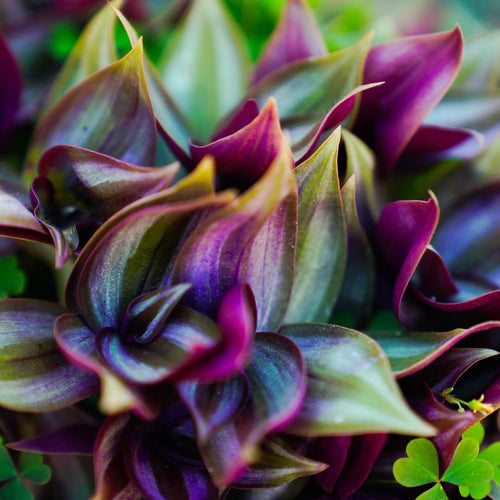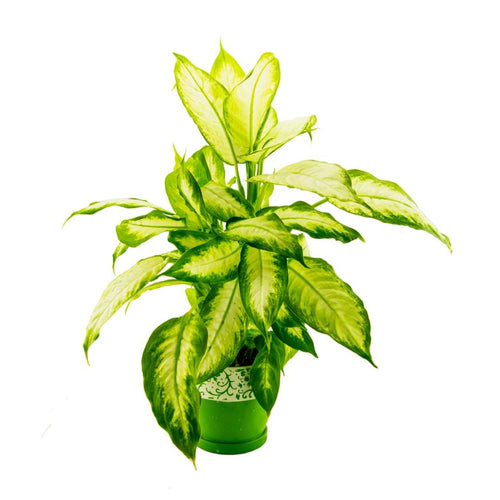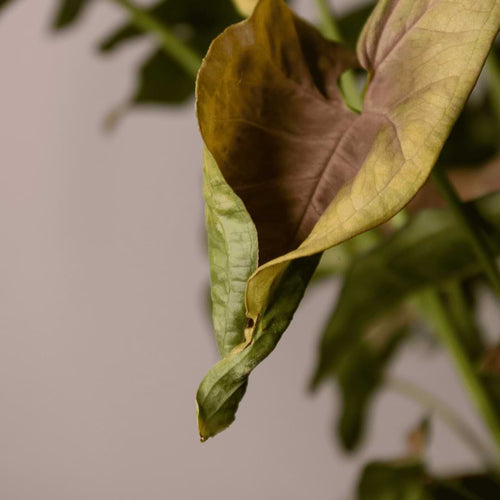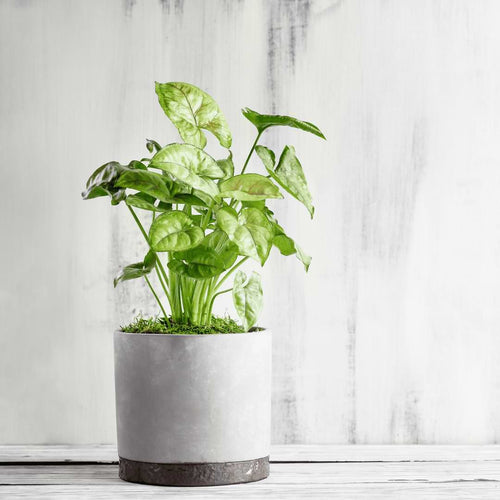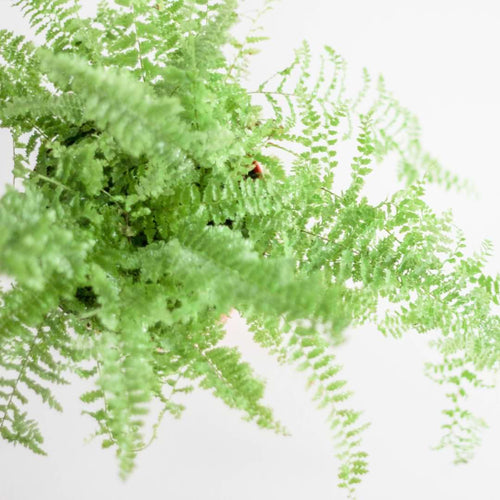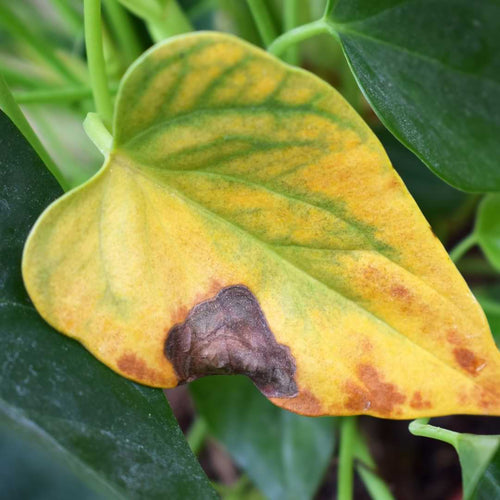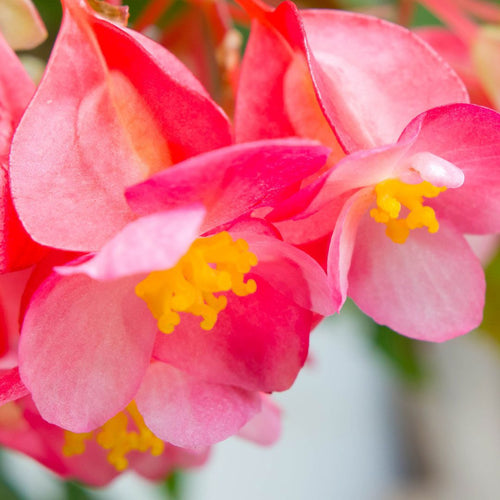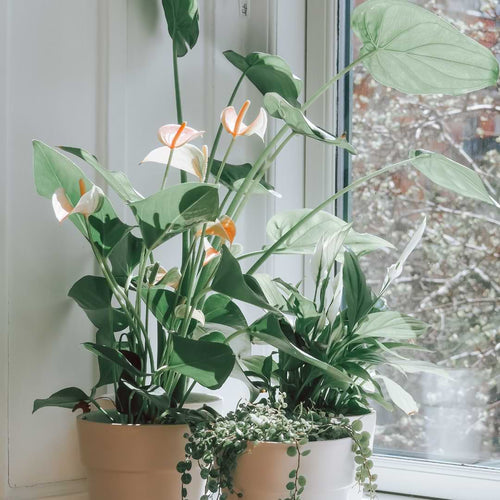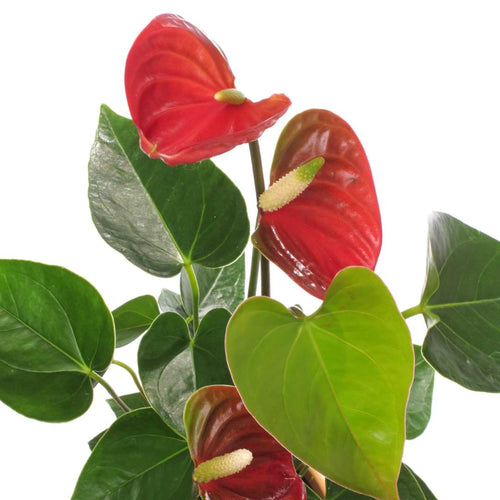Ideal Indoor Plant Temperature Tips
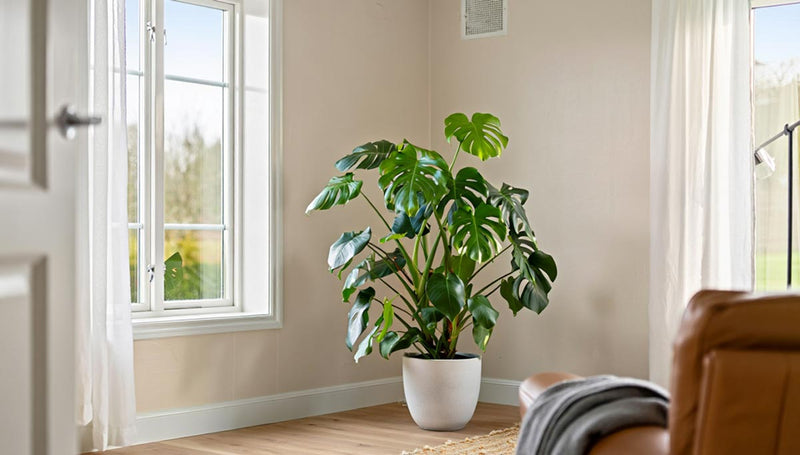
When I first started growing houseplants indoors, I thought as long as I gave them some light and water, they’d be just fine. What I didn’t realize was how much temperature affects their health and not just during a heatwave or cold snap. Everyday shifts can throw off their rhythm too. Many of my early struggles came from not paying attention to how warm or cool my rooms actually were.
The truth is, houseplants can be pretty picky about their temperature needs. Some love a bit of gentle warmth, others are more laid-back, and a few can turn finicky if the room feels even slightly off. Learning how to keep their climate steady has made a big difference for me, and it’s one of the most overlooked parts of a happy, thriving indoor plant setup.

Understanding The Temperature Needs Of Indoor Plants
Temperature plays a bigger role in plant health than most of us expect. If you’re like me and love being surrounded by greenery year-round, then you probably already know that keeping the light and water balanced is just part of the care puzzle. But temperature is the hidden ingredient that helps plants grow consistently and stay stress-free.
Indoor plants come from all over the globe. When we bring them into our homes, they still hold onto their natural climate preferences. If a plant evolved in a warm, humid forest or dry, sandy desert, it’ll want to stick with what feels familiar. So, even if those trendy shelves or sunny windows fit your decor goals, your plant might struggle if the temperature swings too much for its liking.
For most houseplants, the sweet spot sits between 65°F and 75°F during the day. At night, a drop of about 10 degrees is usually fine too. But some plants, like orchids and ferns, prefer things warmer and on the humid side. Others, like succulents or cacti, can handle cooler air a bit better, especially at night. I try to keep temperature changes slow and soft instead of sudden. I’ve learned that a quick draft or heat burst can stress out my plants pretty fast.
One example that stands out for me is when I moved my snake plant closer to the kitchen door in winter. It seemed like the perfect spot until I noticed its leaves turning soft and wobbly. Turned out, every time that door opened, cold air blasted it straight on. Once I shifted it to a more protected nook away from drafts, it perked back up.
Ideal Temperature Ranges For Different Types Of Indoor Plants

Every plant has a comfort zone, and once you figure out those ranges, it becomes easier to adjust where you place them in your home. Here are simple guidelines I follow when setting up different types of plants:
- Tropical Plants
Plants like pothos, peace lilies, philodendrons, and Monsteras love warm temperatures. I aim to keep them in rooms where the temperature stays between 65°F to 80°F. They do not like cold drafts at all. If I'm using air conditioning in summer, I try not to let it blow directly on them.
- Succulents and Cacti
These plants actually don't mind cooler overnight drops, especially if they lived in desert conditions. I keep them in a range between 60°F to 75°F during the day and avoid places that freeze or come close to it.
- Temperate Plants
Types like English ivy or some ferns do fine in slightly cooler temps. I usually keep them in spots that stay around 60°F to 70°F. They still want stable conditions but are more forgiving if a room feels naturally cooler.
If you live in a space where rooms change a lot in temperature, pay attention to vents, windows, or appliances. The spot near a heater might feel cozy to you, but it could be drying out your plant too fast. Cold window sills might look cute, but that chill can shock a tropical plant. I make checking room temperatures part of my weekly routine now. Just a quick glance at my thermostat or using a small thermometer near a plant’s zone helps catch problems early.

How To Monitor And Adjust Indoor Plant Temperatures
I used to think my household thermostat handled everything, but it turns out that different corners of a room can have completely different temperatures. Even something simple like a drafty window or being too close to an AC vent can mess with a plant’s comfort. So now I check temps right where the plants actually live, and a cheap little digital thermometer has helped a ton.
Here’s what works for me:
- I place a small digital thermometer next to my more sensitive plants like my fiddle leaf fig or orchids, so I can keep an eye on how warm or cool their exact spot gets.
- I avoid putting plants right up against windows, especially single-pane ones, since temps there can drop fast in winter or heat up too much during summer.
- When the heat’s on, I try to move plants away from direct airflow. Those warm bursts feel nice to us, but they can quickly dry out the soil or leaves.
- In summer, I rearrange plants so they’re not getting blasted by cold AC air. I’ve also used light cotton curtains to filter the light and soften extreme temps.
- If a room tends to run colder and I have tropical plants in there, I use a small portable space heater to keep things in the right range. I always make sure it heats gradually and doesn’t dry out the air too much.
I also try not to move plants around too often unless I really need to. Sudden changes in temperature or airflow can confuse them. If I do need to shift locations for better light, I check both light exposure and temp ahead of time so I’m not trading one issue for another.

Seasonal Temperature Changes To Watch Out For
Seasons can sneak up on me. One day it feels like perfect spring weather, and the next I’m scrambling because the house feels way too warm or suddenly chilly. Indoor plants notice these changes, too. That’s why I always pay extra attention during the start of summer and the first signs of fall.
During warmer months, rooms can heat up fast, especially south-facing ones with poor air circulation. What I do is open windows early in the morning to let in cooler air. Then I close blinds before midday to block intense heat. I’ve also used fans around the room to keep the air moving without directly aiming them at the plants.
When cooler weather kicks in, I check that cold drafts aren’t sneaking in under doors or through windows. If they are, I seal gaps or move sensitive plants like calatheas or ferns to cozier spots. That’s usually when heaters start running too, which dries out the air. A humidifier gets plugged in near my tropical plants to keep humidity from dropping too low.
Some rooms in my home get hotter than others in summer, like the upstairs office. I avoid keeping plants up there long term once we hit July. Instead, I rotate them to cooler rooms for a bit. That one move has saved my spider plant more than once. Tracking this kind of stuff has become second nature, and it helps me stay ahead instead of reacting late.

How To Spot Temperature Stress In Your Plants
Your plants will usually say something when they’re stressed. It just may not look the way we expect. Once I learned what the warning signs looked like, I caught problems way earlier and saved a few plants that would’ve gone downhill otherwise.
Here are some red flags I’ve seen when temperatures get off track:
- Wilting even though the soil is just right
- Browning or crispy leaf edges, especially near heat sources
- Leaves dropping suddenly or curling inward
- Soft, mushy leaves from cold exposure
- Bare stems with no sign of disease or overwatering
If I see any of this, the first thing I check is whether the plant’s gotten too hot or too cold. I look at the nearby thermometer and feel around the spot. Is there a cold draft or has the sun been beating down for too long? If the air feels too dry, I try a pebble tray or misting during the morning to help with humidity, especially for plants like peace lilies or ferns.
When something’s been exposed to strong heat or freezing temps for too long, I’ve trimmed off the damaged leaves, moved it to a better spot, and gone easy on watering until it settled down again. That patient reset time makes a big difference.
Plant Comfort Is All About the Right Feel
By getting in tune with the temperatures in my home, I’ve avoided so many preventable problems. I’ve found that stable, steady conditions matter more than trying to hit the perfect temperature every single time. Even hardy or forgiving plants do better when the environment stays consistent.
Now that I’ve built some easy habits like checking temps weekly, adjusting room setups with the seasons, and knowing the signs of stress, I spend way less time worrying. My plants also bounce back faster when something does go wrong because I catch it early.
Every plant is different, but finding their sweet spots doesn’t take a science degree. If something seems off, I check how the space feels first. Nine times out of ten, a simple tweak like closing a window or moving a plant out of direct airflow makes a big improvement.
Keeping a calm, comfy atmosphere for indoor plants isn’t about perfection. It’s about pointing them in the right direction and giving yourself room to learn as you go.
Looking to enhance your skills and confidence in creating the perfect environment for your houseplants? Dive into our houseplant care guide at Houseplant Resource Center and join a community of fellow plant enthusiasts. Share your experiences, gain insights, and discover simple ways to keep your indoor plants thriving all year round. Let's grow together and make every season a season of green!
Apartment Living, Beginner Friendly, Houseplants, Humidity, Indoor Plants, Light, Moisture Meter, Plant Food, Seasonal Adjustment, Seasonal Care, Smart Gravel, Summer, Temperature, Temperature Guide, Winter




